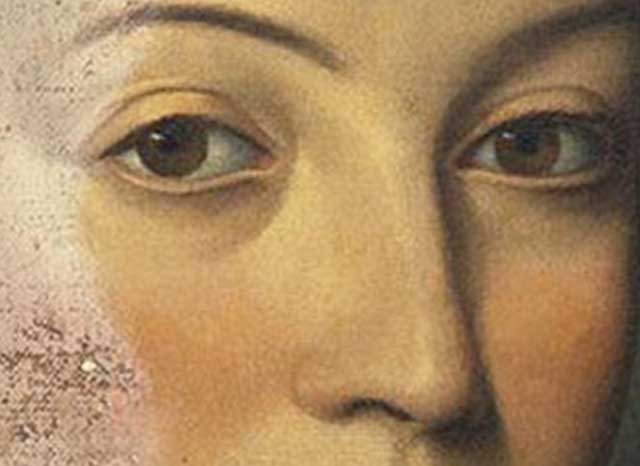
Alla ricerca di artiste fiorentine dimenticate – le donne invisibili dell’arte
In search of forgotten female Florentine Artists — the invisible women of art
Firenze è il luogo di nascita di alcuni degli artisti, scienziati e architetti più famosi nel mondo. Prendi in considerazione nomi celebri come Michelangelo, Leonardo, Brunelleschi e Galileo. Ma cosa ci manca in questa litania di nomi familiari?
Florence is the birthplace of some of the world’s most famous artists, scientists, and architects. Consider some famous names like Michelangelo, Leonardo, Brunelleschi, and Galileo. But what are we missing in this litany of familiar names?
Un nome di una donna!
A name of a woman!
Come potete immaginare, essendo un centro di creatività per più di cinquecento anni, risalente dal Rinascimento in poi, c’erano donne che dipingevano e dipingevano bene. Ma raramente, se mai, sentiamo parlare di queste donne. Inoltre, poco si sa di loro, oltre al fatto che hanno sfidato coraggiosamente le norme sociali e hanno scelto di diventare pittori fiorentini, nonostante il loro genere.
As you can imagine, being a center of creativity for more than five hundred years, dating from the Renaissance onwards, there were women who painted and painted well. But rarely, if ever, do we hear about these women. Moreover, little is known about them, except they bravely challenged societal norms and chose to become Florentine painters, despite their gender.
Nel Rinascimento, l’intellettualismo e la creatività erano considerati tratti maschili. Nel corso del 1500, le donne che possedevano queste caratteristiche erano considerate meraviglie della natura, e una tela dipinta da una donna era considerata un po’ strana.”
In the Renaissance, intellectualism and creativity were considered masculine traits. During the 1500s, women who possessed these characteristics were regarded as wonders of nature, and a canvas painted by a woman was considered a bit of an oddity.
“Semplicemente essere un artista, una donna è entrata nel regno considerato appartenere a soli uomini.” – Jennifer Lee, Assoc. Professore di storia dell’arte – Indiana University – Purdue University di Indianapolis
“Simply being artistic, a woman entered the realm considered to belong only to men.” – Jennifer Lee, Assoc. Professor of Art History – Indiana University – Purdue University at Indianapolis
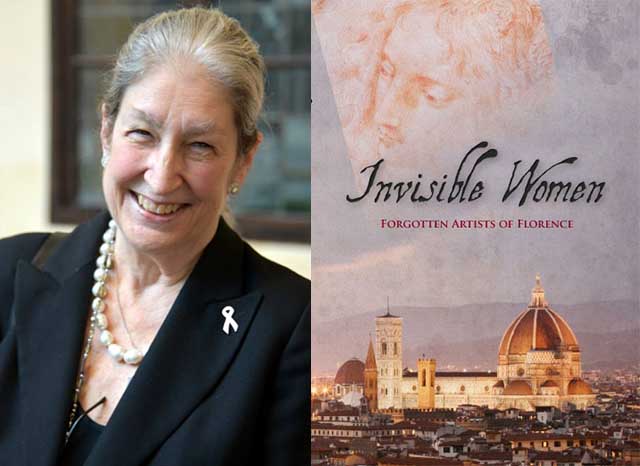
Anche se questi dipinti realizzati da donne sono magistrali nel loro diritto, importanti come quelli dipinti dai loro coetanei maschi, sono stati dati per sconto e nascosti al pubblico. Per correggere questo, Jane Fortune e storico dell’arte da Indiana che ha lavorato per la Fondazione Advancing Women Artists (AWA) (Un’organizzazione americana no-profit) con sede a Indianapolis e Firenze, ha fatto la sua missione di scoprire e portare alla luce le artiste donne che cadevano nell’ombra.
Although these paintings made by women are masterful in their own right, as important as those painted by their masculine peers, they were dismissed and hidden from the public. To correct this, Jane Fortune, an art historian from Indiana who worked for the Advancing Women Artists Foundation (AWA) (an American not-for-profit organization) with headquarters in Indianapolis and Florence, made it her mission to discover and bring to light the women artists who fell into the shadows.
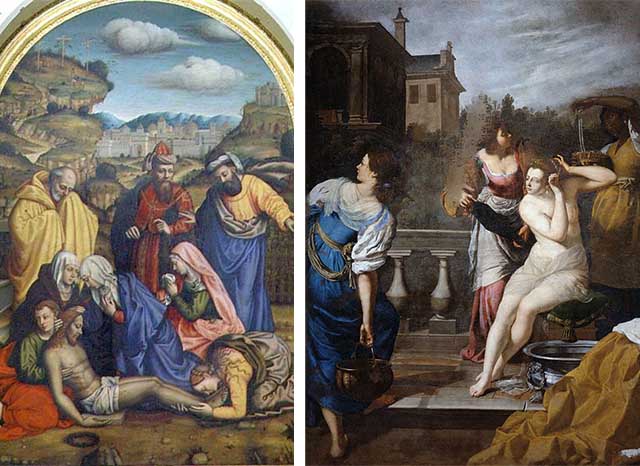
David and Bathsheba, Artemisia Gentileschi
Soprannominata “Indiana Jane”, questa donna e la sua squadra di restauratori hanno fatto la loro missione di trovare opere d’arte nascoste negli scantinati degli Uffizi e nelle soffitte di Firenze, recuperare pezzi danneggiati e dare loro il giusto posizionamento sulle pareti dei musei. Nel 2006 la sua ricerca mette in luce il lavoro di Suor Plautill Nelli, la prima pittrice fiorentina riconosciuta. Nel 2008, la sua missione è proseguita con il restauro di David e Bathsheba dall’opera del pittore barocco del XVII secolo Artemisia Gentileschi.
Dubbed “Indiana Jane,” this woman and her team of restorers made it their mission to find artworks hidden in the Uffizi’s basements and Florence’s attics, recover damaged pieces, and give them their proper placement on the walls of museums. In 2006, her quest brought to light the work of Suor Plautill Nelli, Florence’s earliest recognized woman painter. In 2008, her mission continued with the restoration of David and Bathsheba by seventeenth-century Baroque painter Artemisia Gentileschi.
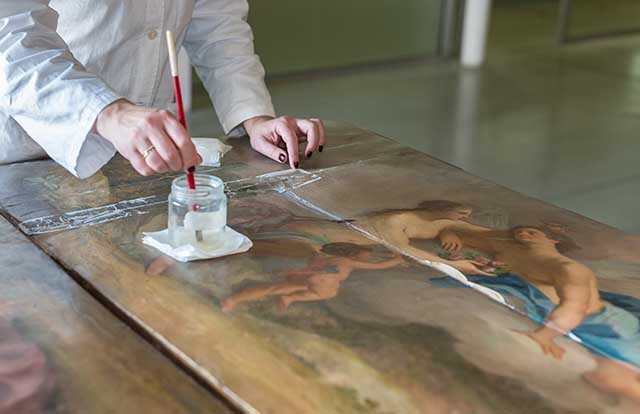
Jane Fortune è morta nel 2018 all’età di 76 anni. Una cerimonia commemorativa si è tenuta per lei nella Basilica di Santa Croce a Firenze. Jane ha lasciato questa terra, ma i suoi successi continuano a vivere. A causa degli sforzi ostinati di Jane per scoprire e riparare le opere delle pittori del XV e XVI secolo, ora abbiamo l’opportunità di ammirare l’altra metà dell’arte fiorentina. La metà è stata creata da artiste di talento.
Jane Fortune passed away in 2018 at the age of 76. A memorial service was held for her at the Basilica of Santa Croce in Florence. Jane may be gone from this earth, but her accomplishments live on. Because of Jane’s dogged efforts to uncover and repair works by women painters from the 15th and 16th centuries, we now have the opportunity to admire the other half of Florentine art. The half that talented women artists created.
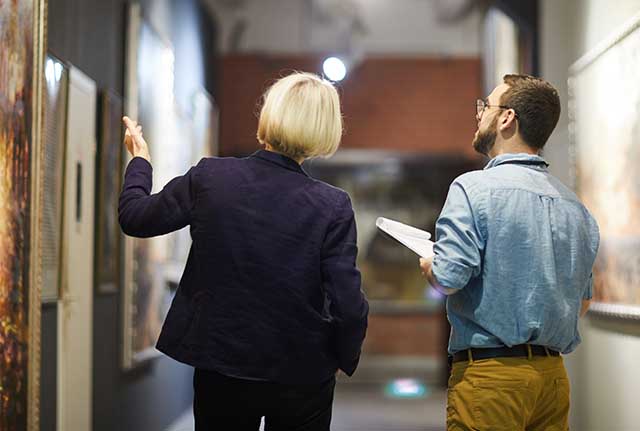
Il libro di Jane “Invisible Women,” (pubblicato dalla Florentine Press), ora un documentario della PBS, parla della sua ricerca. Nel 2013, presso l’Odeon Cinehall, in Piazza Strozzi a Firenze, è stato presentato il documentario vincitore di un Emmy “Invisible Women” – a cui questa studentess d’arte ha ricevuto un invito.
Jane’s book “Invisible Women,” (published by the Florentine Press), now a PBS documentary, talks about her quest. In 2013, at the Odeon Cinehall, in Piazza Strozzi in Florence, Emmy award-winning documentary “Invisible Women” was presented — to which this student of art received an invitation.
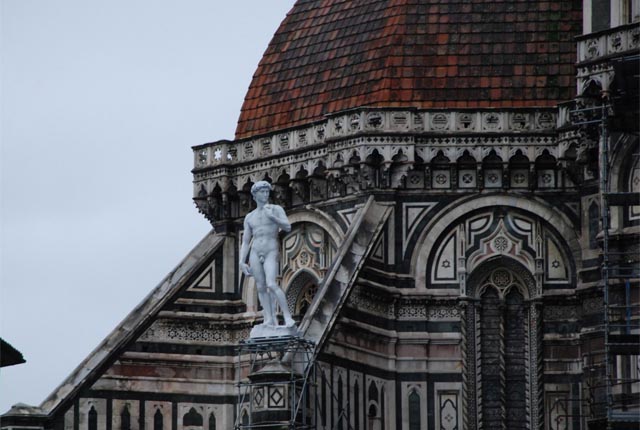

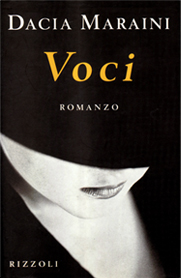
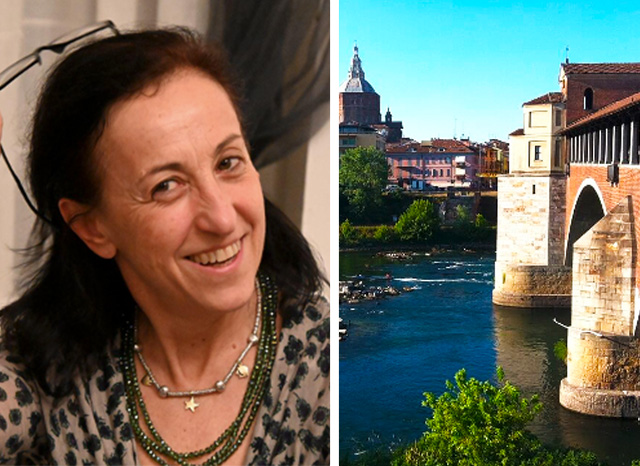
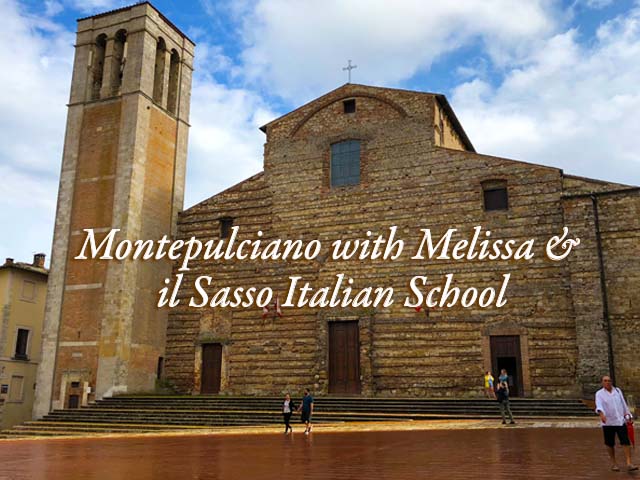
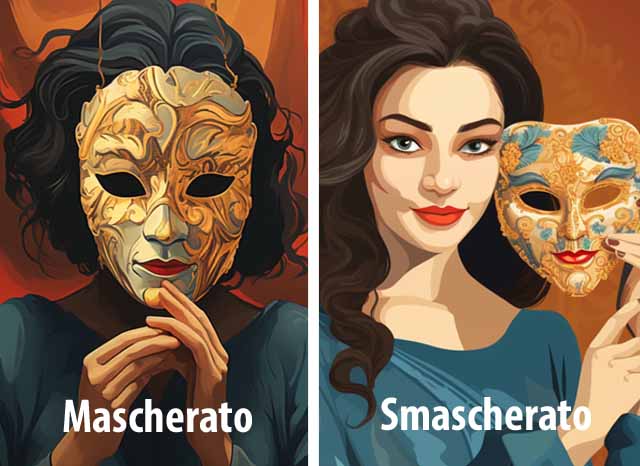






Grazie mille! Questo è un argomento molto interessante.